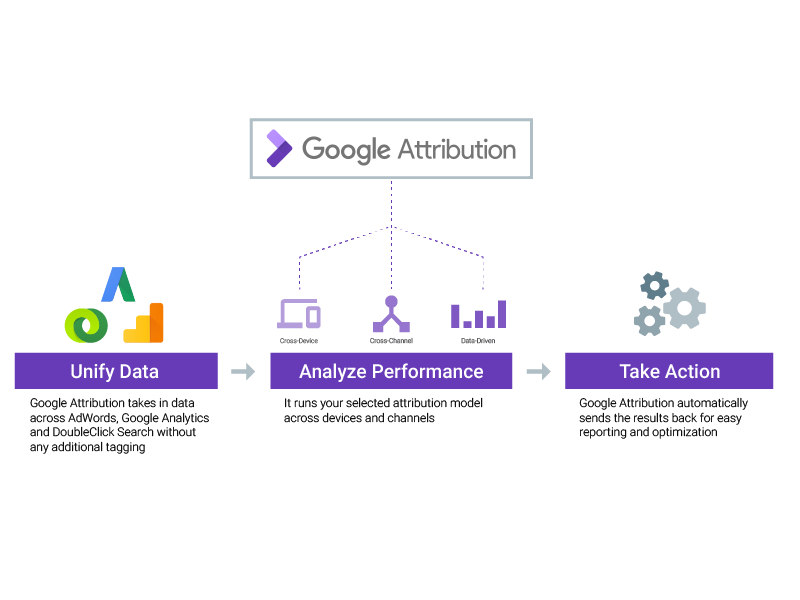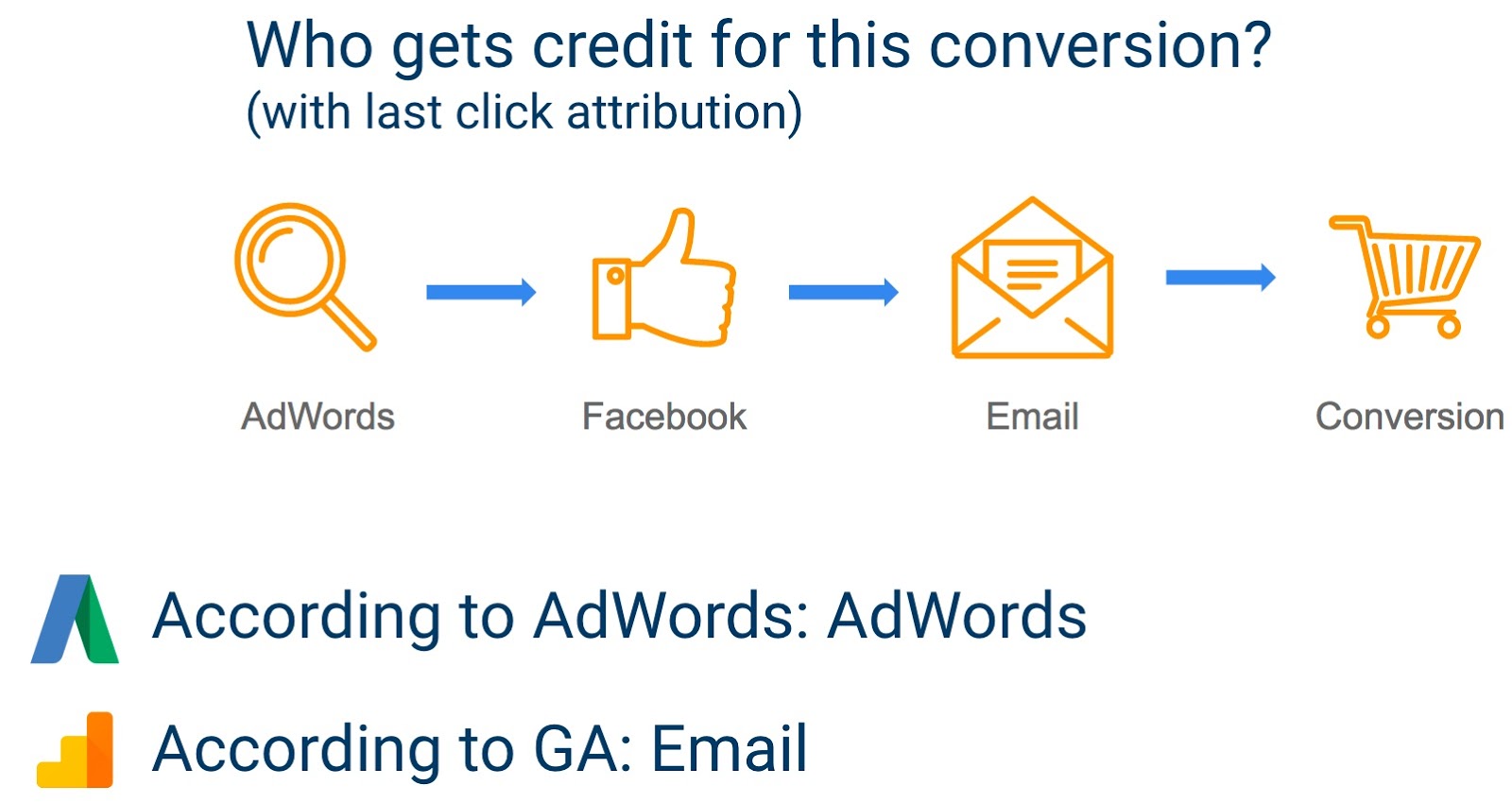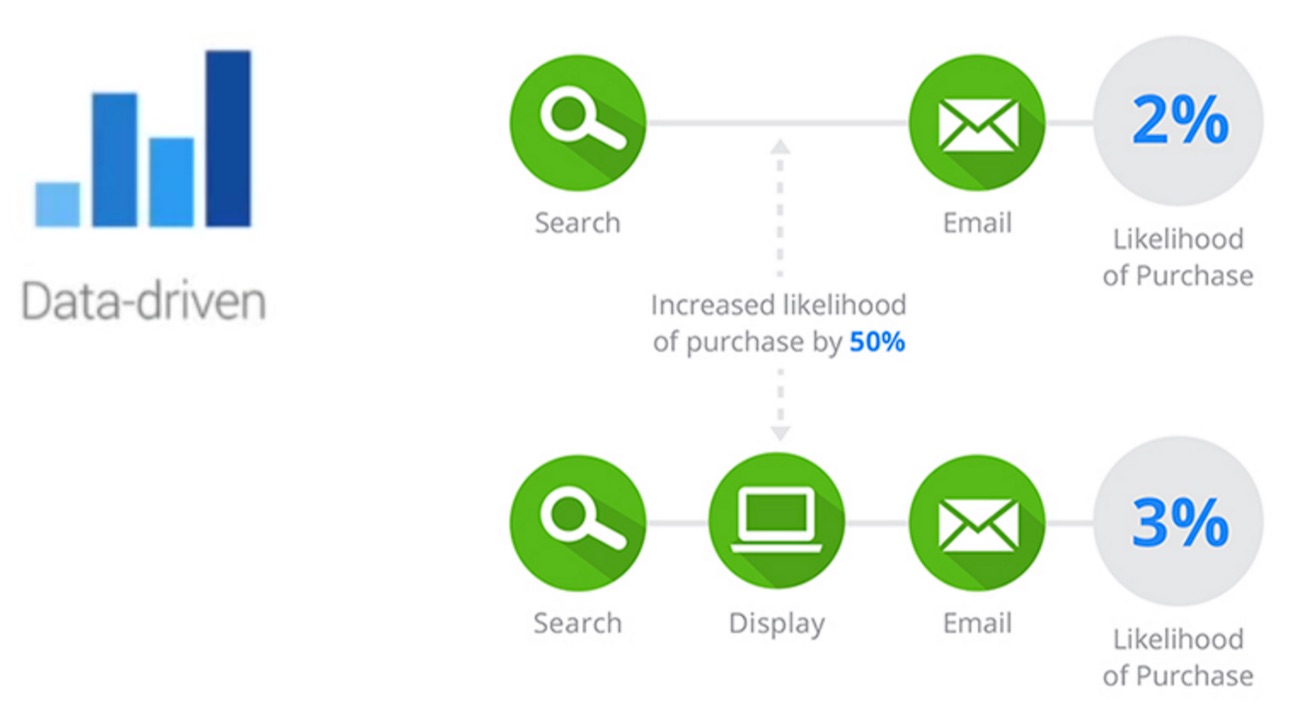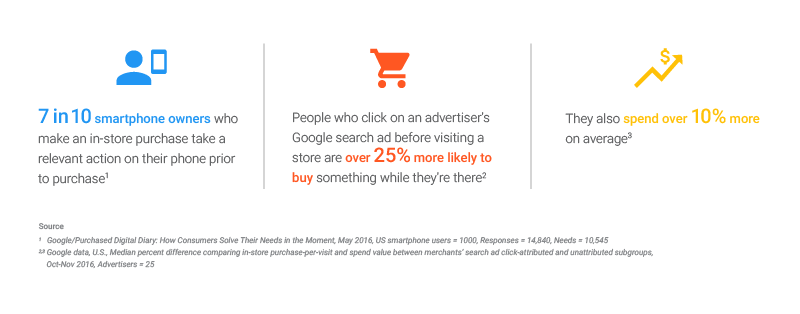At Google’s annual launch event for AdWords, Analytics, and DoubleClick, the key theme for 2017 is that machine learning is enabling marketers to do things we’ve long wanted to, but have been unable to due to their complexity. Here is what they announced.
Some of the highlights of what they are announcing:
- In-market audiences for Search
- Google Attribution
- Better store visit data and integration with YouTube video ads
- Measure store sales generated by online clicks
For Optmyzr it means we will now be able to do some cool things that we couldn’t before:
- Our bid adjustment tools will help you set the right bids for in-market audiences
- Our Rule Engine will be able to set bids based on more complete conversion data that you can now gather through Google Attribution.
- Using that same data our budget allocation and prediction tools will lead to improved suggestions for how to allocate the most budget to the most profitable campaigns.
- Our automated reports will include more accurate conversion data, as well as store sales data.
Note that as usual, many of the announced features are in beta or planned for later this year and Optmyzr will make the new capabilities available to our customers as soon as AdWords Scripts or the AdWords API supports it.
Introducing in-market audiences for search
In-market audiences help advertisers target consumers who appear to be in the market for something. This is incredibly valuable because AdWords, which is all about targeting the right user, at the right moment, and turning that interaction into more money for your company, now lets you know more about how likely the user is interested in what you offer.
The in-market audience is a layer on top of all the traditional targeting methods that carry bids like keywords, location, time of day, etc. Now you will be able to bid higher for in-market audiences.
Optmyzr already offers optimizations to help you set the right bid adjustments for geographies, devices, and dayparts, and now we will be able to add in-market audiences to that list.
Available in-market audiences include:
- Apparel and Accessories
- Autos & Vehicles
- Baby & Children’s Products
- Beauty Products & Services*
- Business Services*
- Computers & Peripherals
- Consumer Electronics
- Consumer Software
- Dating Services*
- Education
- Employment
- Financial Services
- Gifts & Occasions
- Home & Garden
- Real Estate
- Sports & Fitness*
- Telecom
- Travel
- In beta
Introducing Google Attribution
During the most recent Google Partners livestream, Ben Tyson, Program Lead at Google, and I discussed PPC for home services companies. The average consumer checked an average of 4.2 resources before purchasing a home service 6 years ago. Today that number has ballooned to 22.4 resources on average. Touchpoints can include a variety of ad and content formats like video, display, search, and social on multiple devices and smartphones.
The promise of online advertising is that it’s very measurable and hence it’s possible to avoid wasted spend. But the reality is that measuring correctly has become exceedingly complex. Valuing the interactions and coming up with a sensible attribution model is complex enough to get right for large companies with dedicated analysts, so how is a small local company to make sense of it all.
That’s where Google Attribution comes in. It simplifies three things that have traditionally been a pain about attribution:
- Track all data without extra tags
- Analyze the performance using sophisticated attribution models
- Act on insights

Attribution includes Unified Tracking
There are several issues with tracking today. A big one is that adding utm_tags for Google Analytics is a pain so it often gets overlooked or done incorrectly. Then an advertiser might use multiple systems to analyze data and when those systems are not unified, things get double counted like in the following example:

With unified data, advertisers will have clean data to make smart decisions with.
Data-driven attribution model is now free
But even with clean data, it’s still hard to value all the interactions that lead up to a conversion. This is what attribution models are all about. How to assign the right value to every interaction… Google will now make it easier to test different attribution models. The key to this part of the announcement is that data-driven attribution is included and will now be free for everyone.
Data driven attribution models use big data and machine learning to make some very specific predictions about what combinations of touchpoints are likely to lead to a conversion.
Here’s an example of how data driven attribution works. It uses machine learning to find correlations between the millions of unique ways in which a consumer’s path could lead to a conversion and it assigns weights to the importance of each possible step. It can then present advertisers with a custom attribution model that reflects the real world as closely as possible.

Keep in mind that attribution models are just approximations that help advertisers connect the impact of their campaigns to the outcomes that happen in the real world. When Google makes its amazing computing resources available to help marketers get a better model, that’s a big deal.
Attribution data flows into AdWords so you can take action
The third prong of the announcement is that it will become easier to take action. Even when I worked at Google, the frequent disconnect between an insight and the ability to act on that insight was something we frequently discussed and which led to an overhaul of the AdWords front-end.
It’s also an issue we try to address with our tools at Optmyzr. For example, the Shopping Attribute Bidder which we launched last week makes it easy for a retailer to get an insight about what aspects make certain products into bestsellers, and instantly lets them change bids for all products that share those desirable combinations of attributes.
With today’s announcement, Google is promising that the enhanced insights they get as part of Google Attribution will be pushed back into AdWords where it will be easy for advertisers to use to set better bids, or reallocate budgets.
Improved store visit measurements
Machine learning has improved significantly since Google introduced store visits measurement back in 2014. That means they can now provide more and better store visit data for all advertisers. Advertisers don’t need to do anything more than enable location extensions to get this data. There’s no complicated technology to install at stores because advanced machine learning and mapping technology from Google handles it all.
And when advertisers enable location extensions, those will now also be able to drive store traffic from YouTube video ads.

Store sales data for any retailer
Retailers track sales data from online orders so that they can measure return-on-ad-spend (ROAS) and set more profitable bids. Something that Optmyzr also helps to achieve with our variety of bid management tools. Now Google will make it super easy for retailers of any size to get sales data into AdWords. Advertisers simply provide Google with sales data and the associated email address from their loyalty program, and Google connects the dots to the online activities that led up to the in-store purchase.
And for retailers who don’t track email addresses, they can still benefit from the program because Google has third-party partnerships which capture approximately 70% of credit and debit card transactions in the United States.
Conclusion
There are many more announcements from AdWords coming today but these are the most important ones for now. We’ll cover more details in the coming days.












